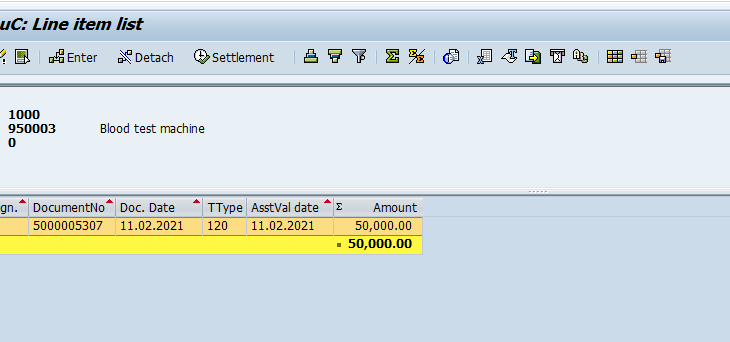We frequently come across new business requirements. Sometimes we can achieve the same using standard process and at times we need to do the customization or we need to think of another way out to meet the business requirement.
Recently, I came across one business requirement where business needs to transfer their inventory to the final asset. Well, there is a standard process available in SAP to achieve the same. Although, this is not so frequent scenario so might be many of you may not aware of the process. I’ve achieved the business requirement by following some of the standard processes of SAP. So, thought to share with you all which can help any of you at a later stage.
To start with below is the process flow which will help to understand the process in the simplest way possible.
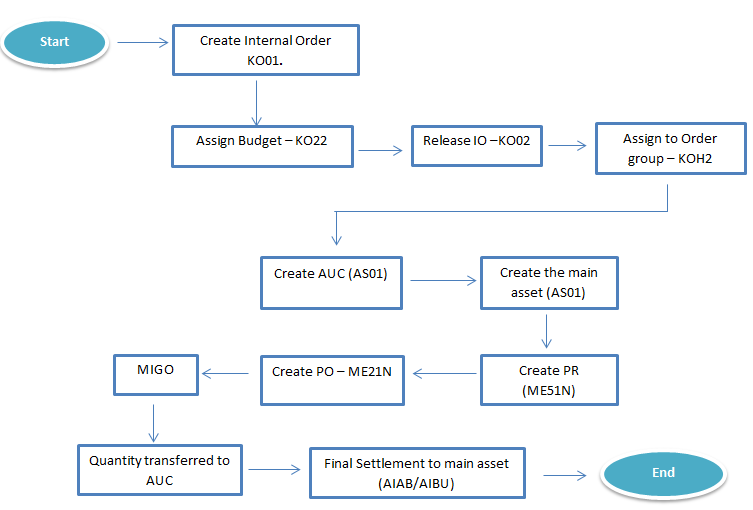
To elaborate on each point mention in the process flow chart, kindly go through the below steps:
Please note that we can transfer or settle AUC to the final asset in two ways.
1. After posting the MIGO, and before posting the MIRO document
2. Directly after posting the MIRO document
1. Master Data Creation
1.1: Internal Order
- For the purpose of assigning the budget to assets, we’ve to create Internal Order using T-Code KO01
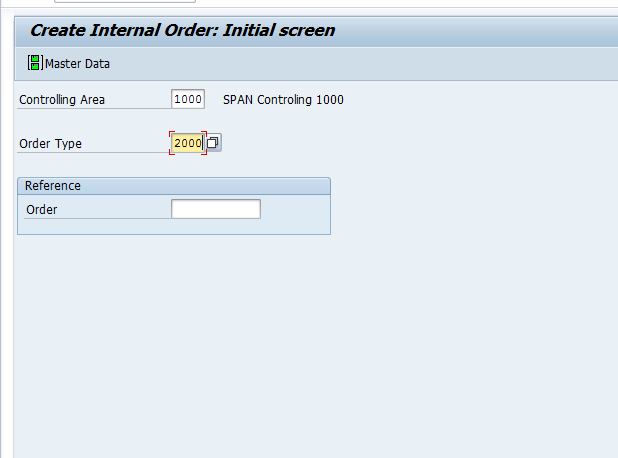
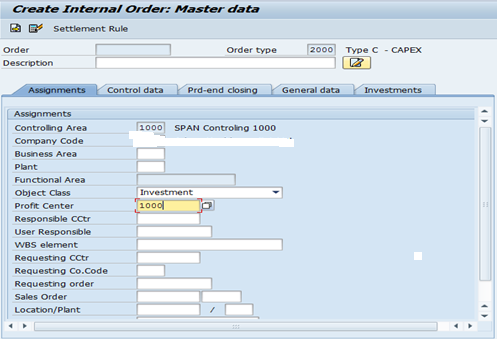
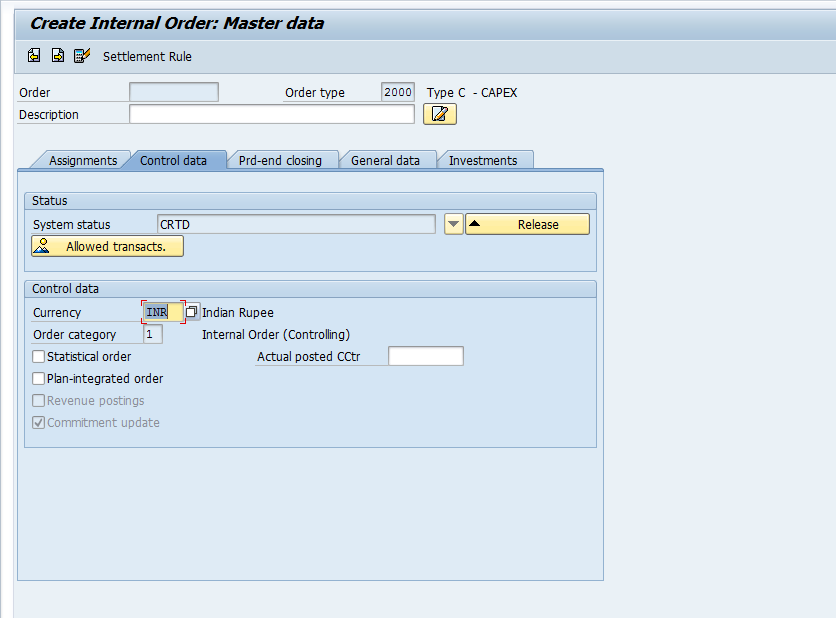

1.2: Assign Budget to Internal Order
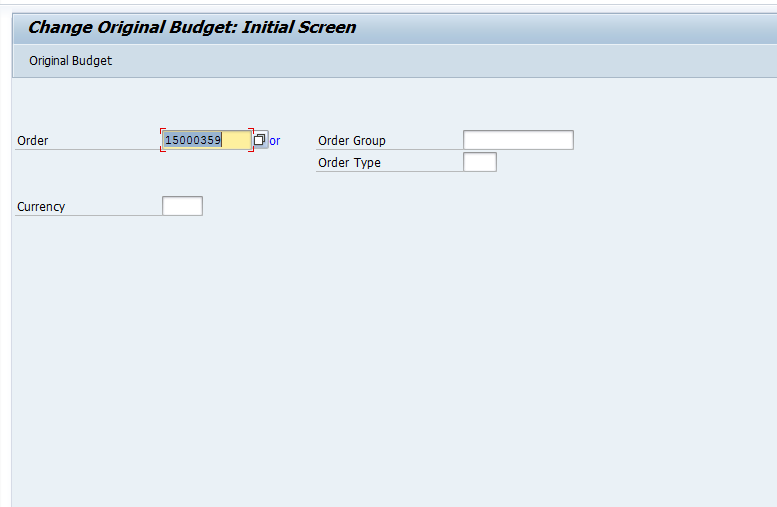
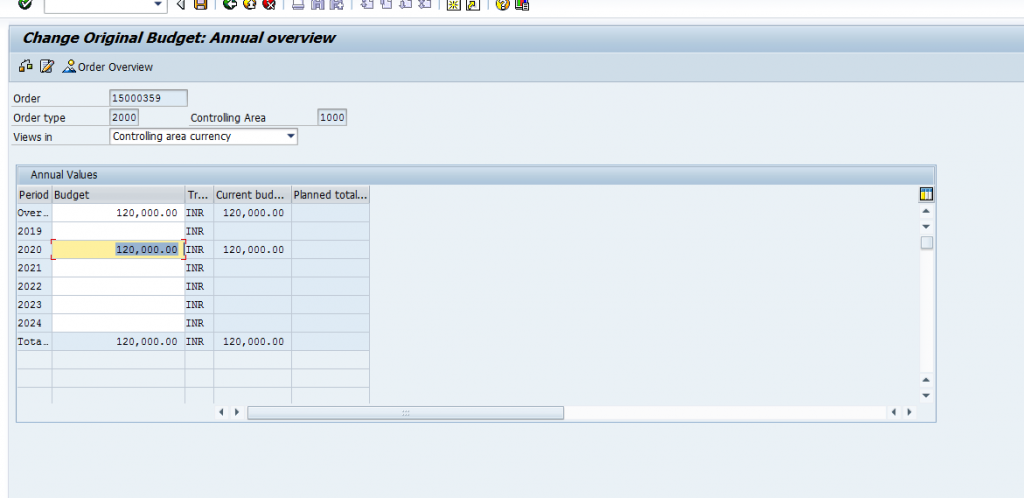
1.3: Release Internal Order –KO02
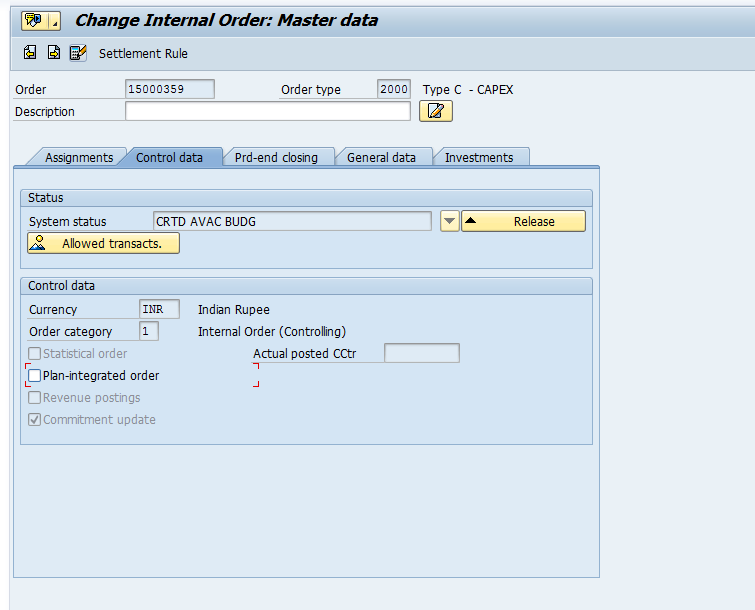
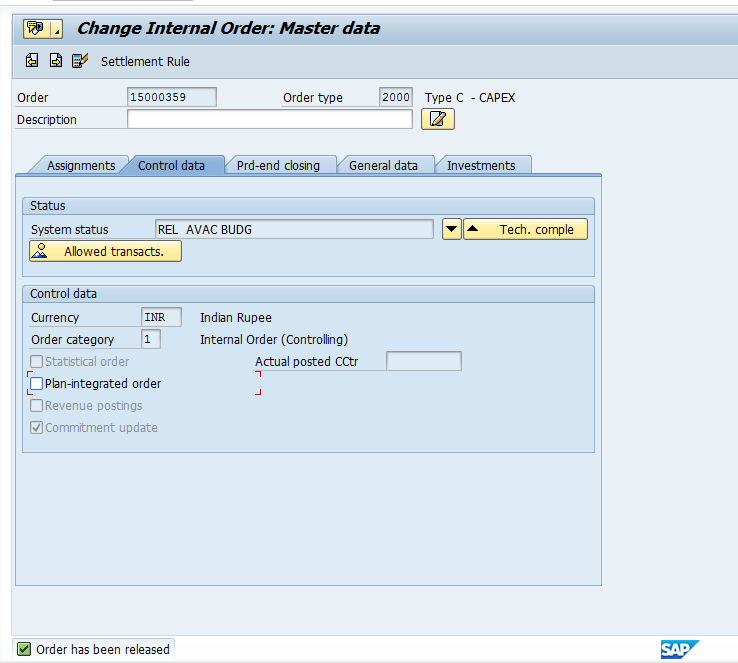
1.4: Assign Internal order to Order Group – KOH2
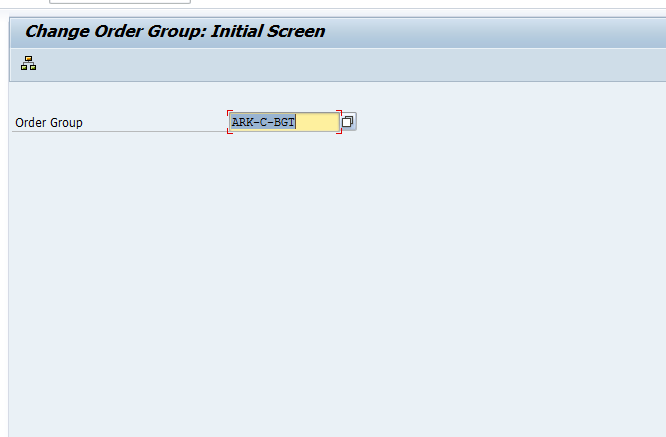
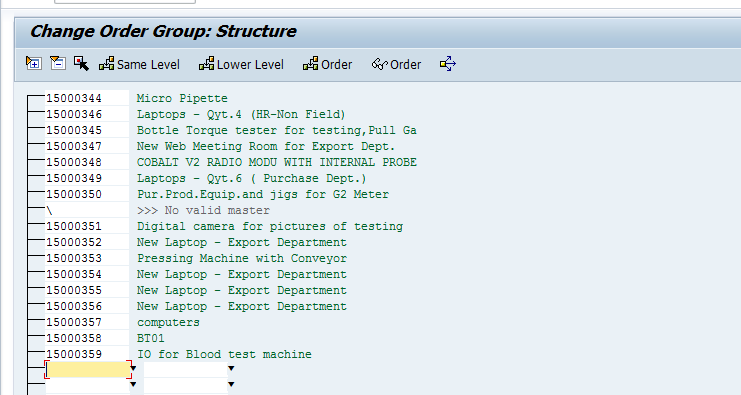
1.5: Create Asset Master (AUC) – AS01
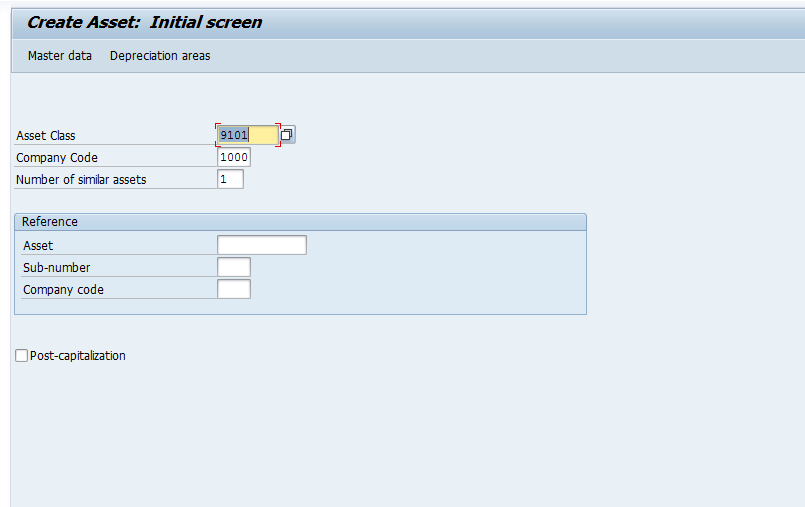
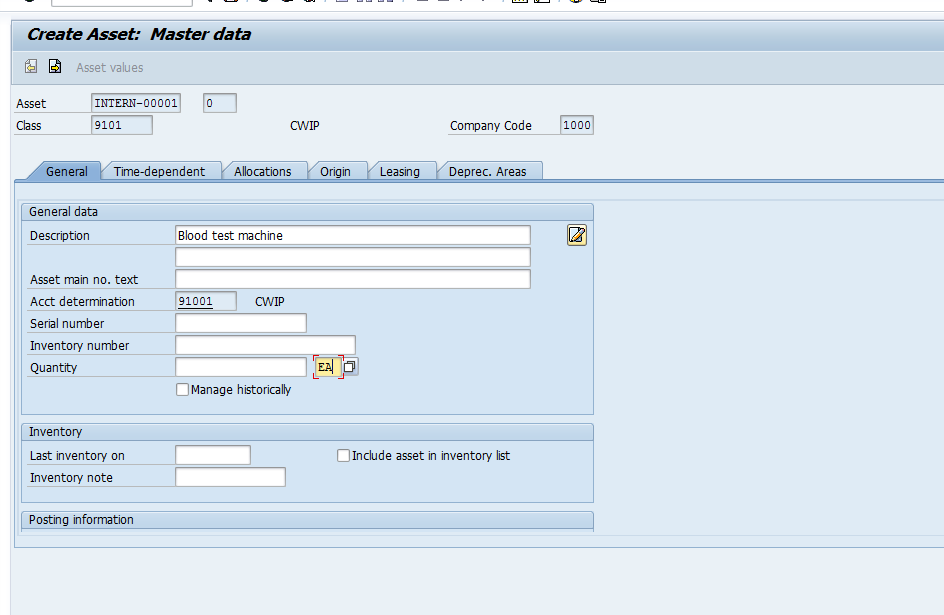
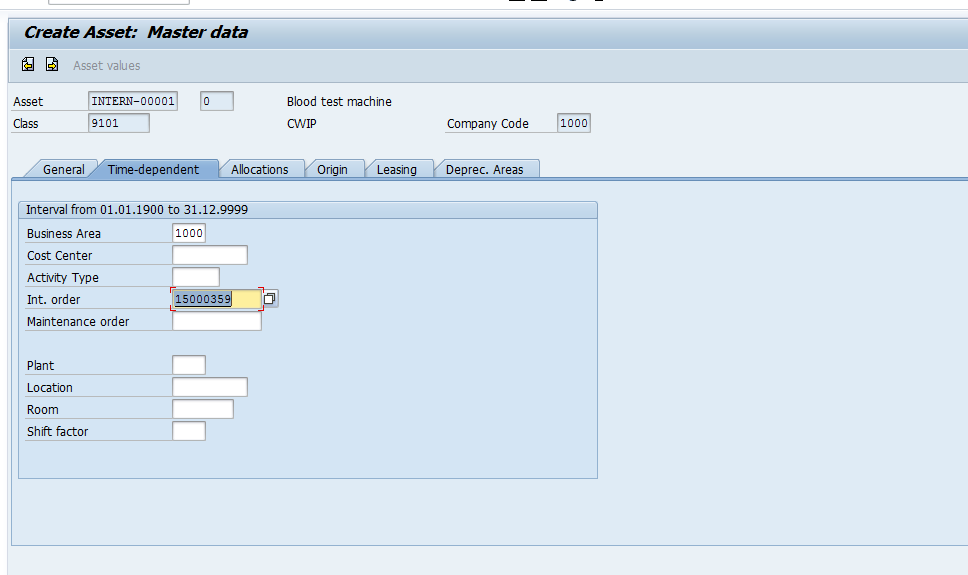
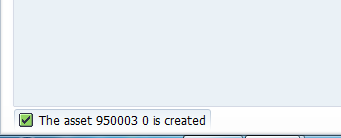
1.6: Create Main Asset – AS01
Once AUC is created, we have to create the main asset in which we have to transfer the AUC. It is important to assign the Unit of measurement and cost center.
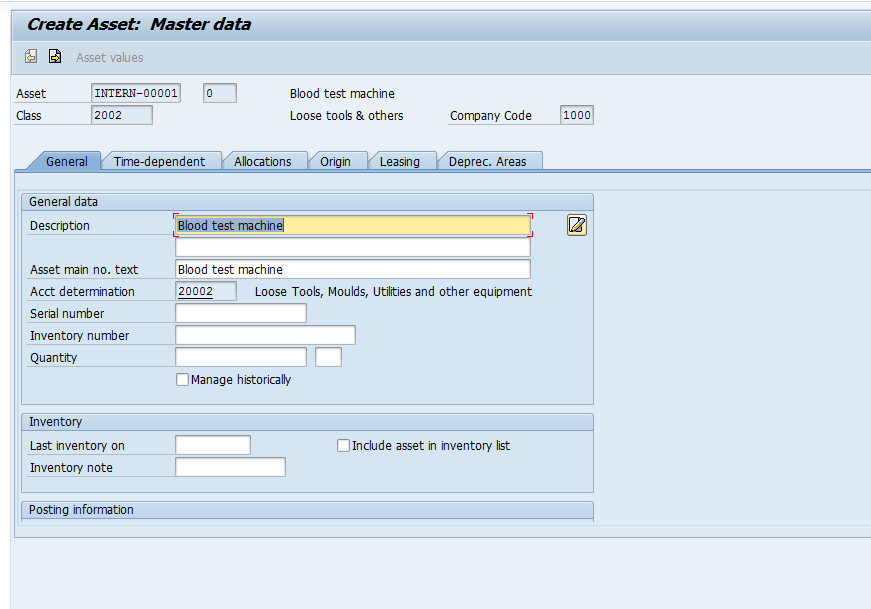
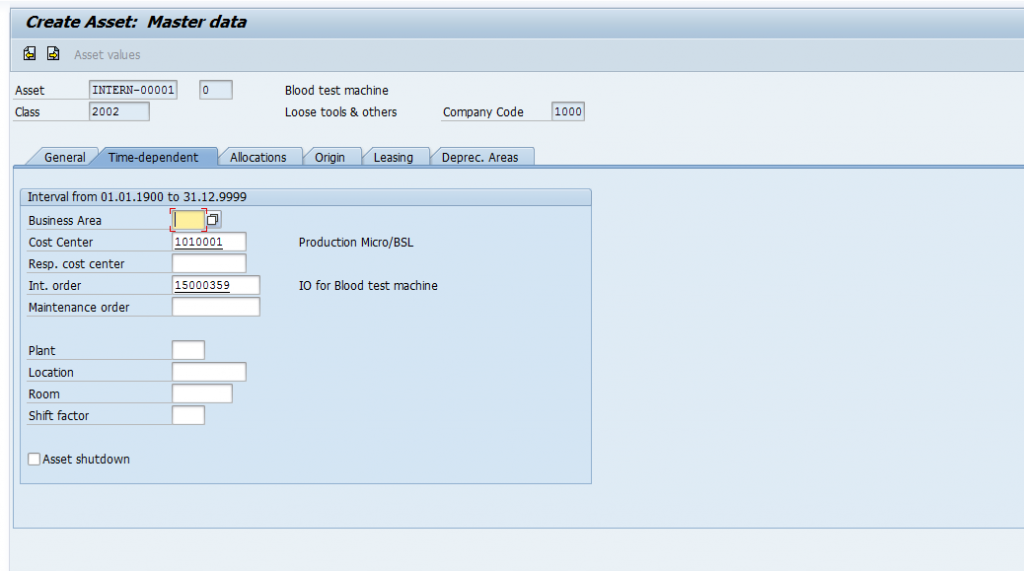
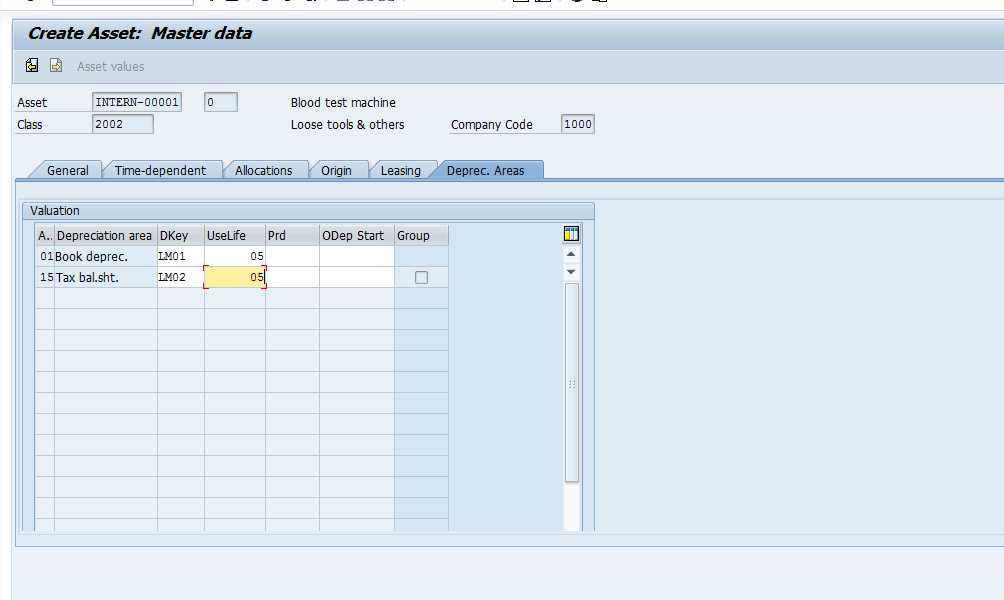
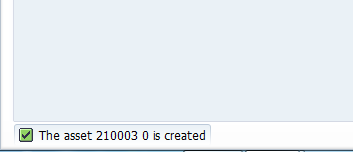
Now, we have completed all the pre-requisite in order to transfer the Inventory to the Final asset.
2. Procurement Process
2.1 Create PR (ME51N)
- In the account assignment category select A.
- Inline item data give internal order numbers created before.
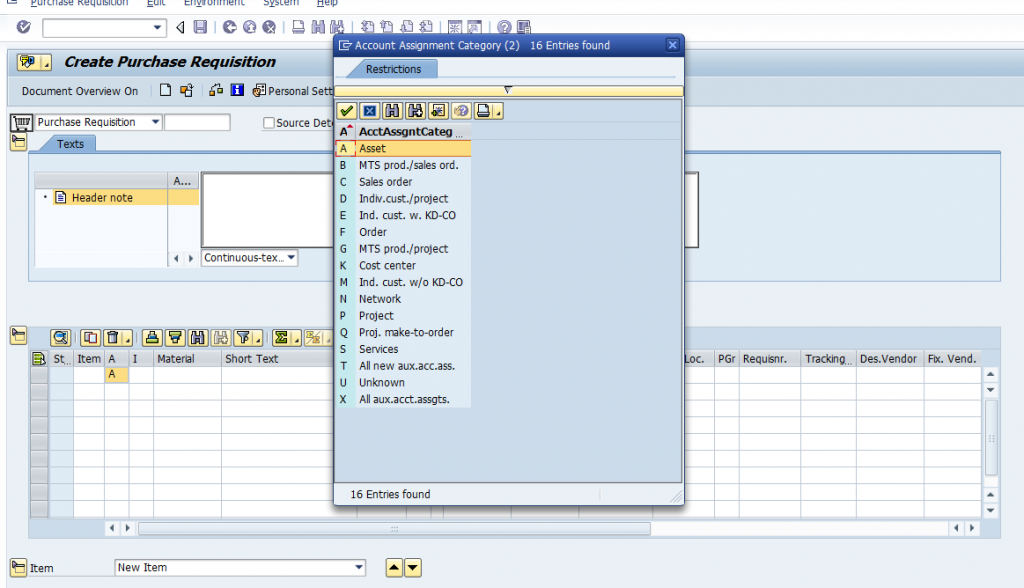
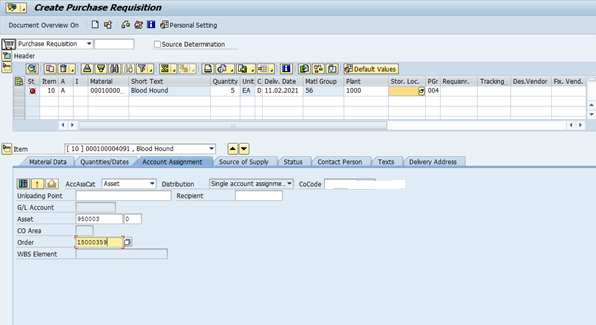

2.2 Create PO (ME21N)
- Make sure that Uncheck the GR non valuated
- Make sure that you’ve assigned the Internal Order
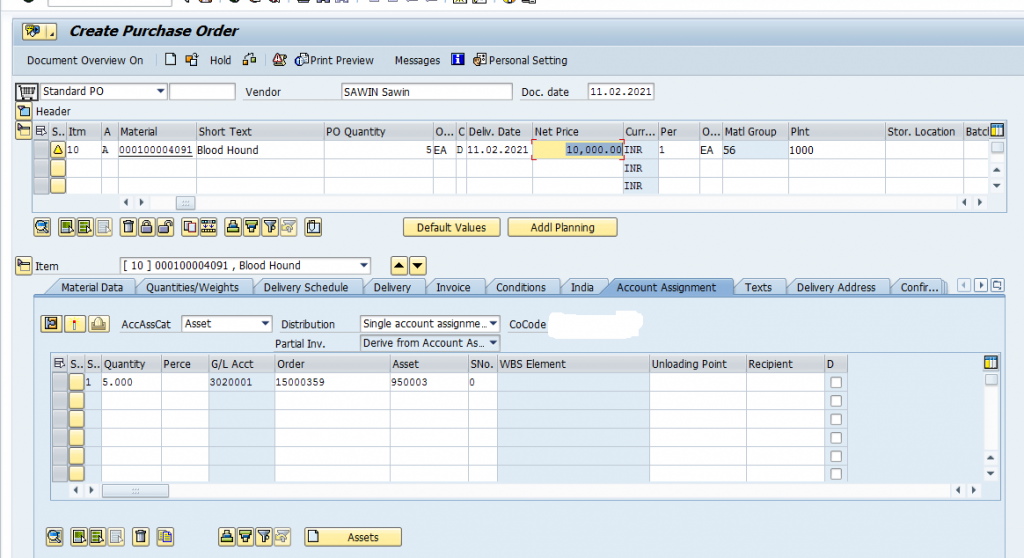
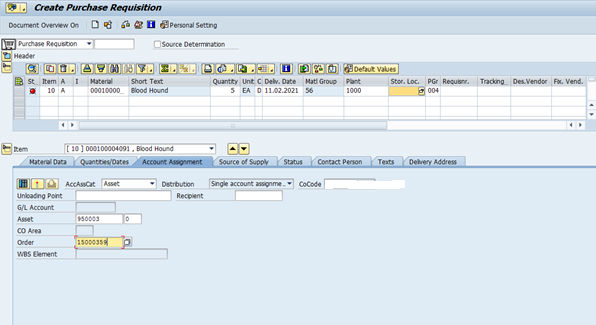

2.3 MIGO
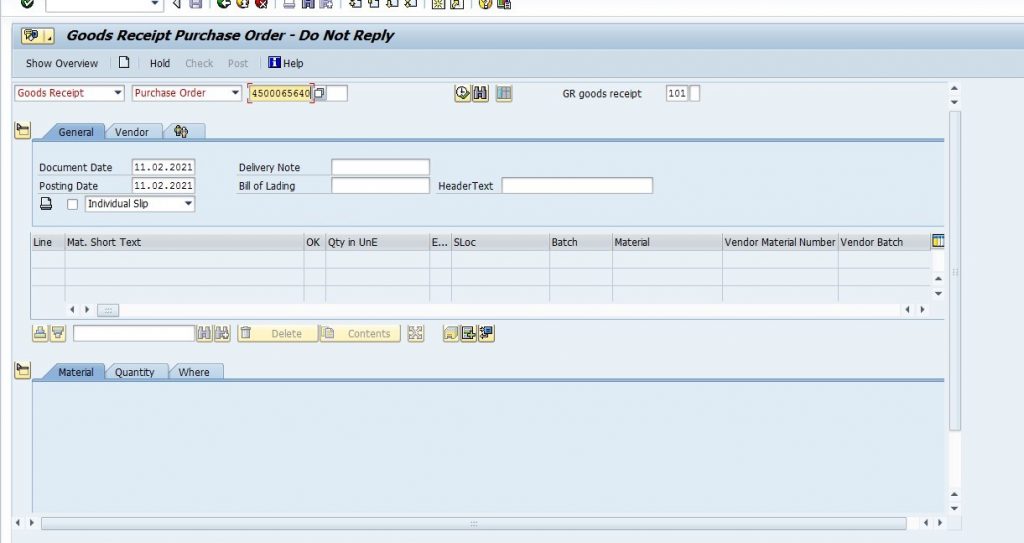

Now, you can see Quantity is transferred in AUC.
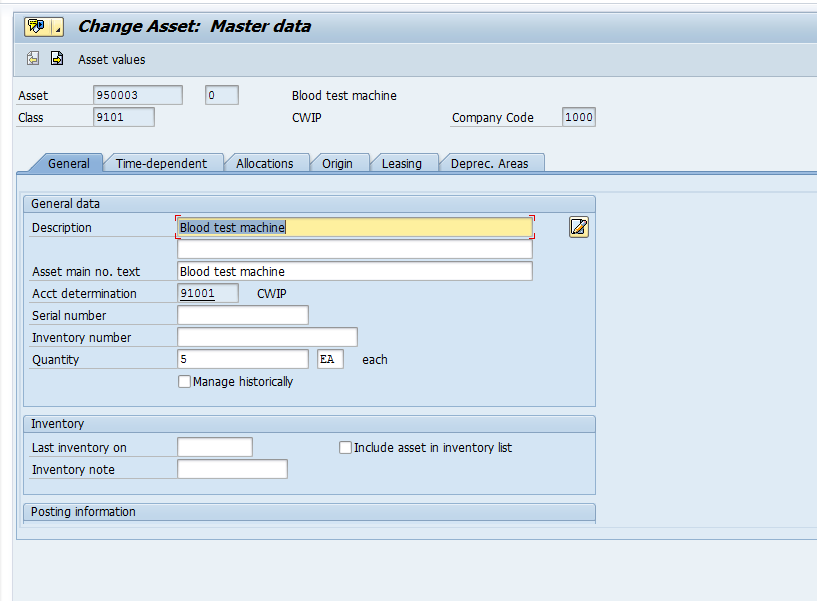
3. Settlement of Asset
3.1 Create Sub Asset (AS11)
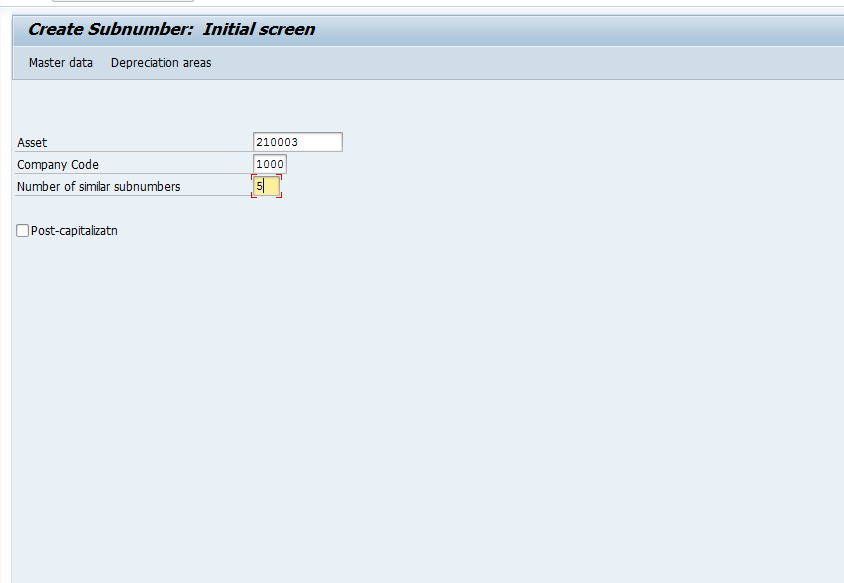
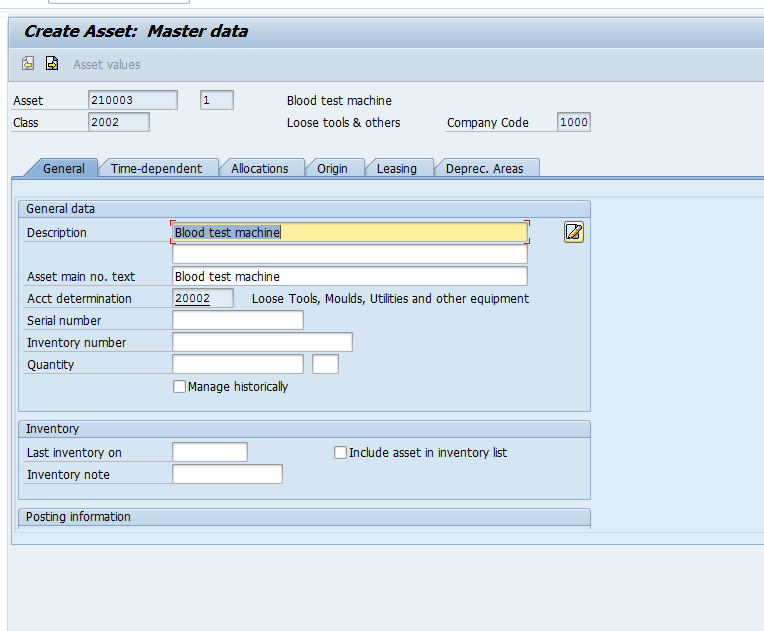

3.2 Transferred AUC to the main asset (AIAB)
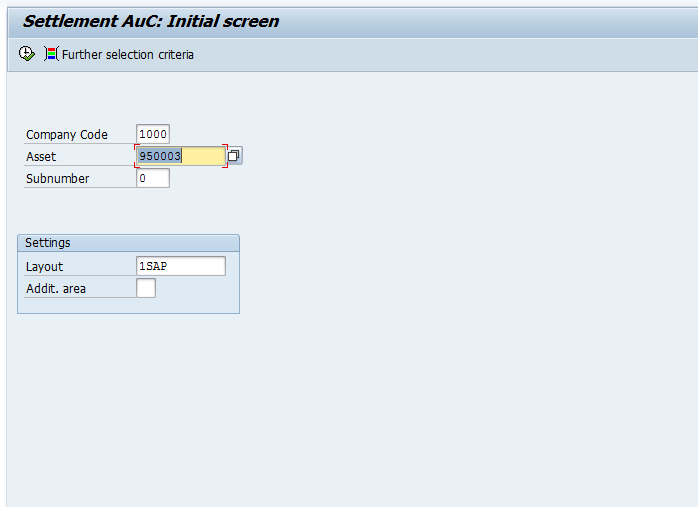
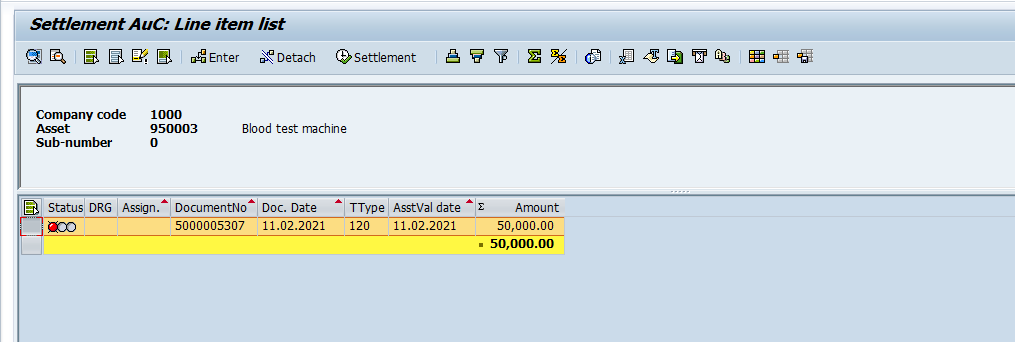
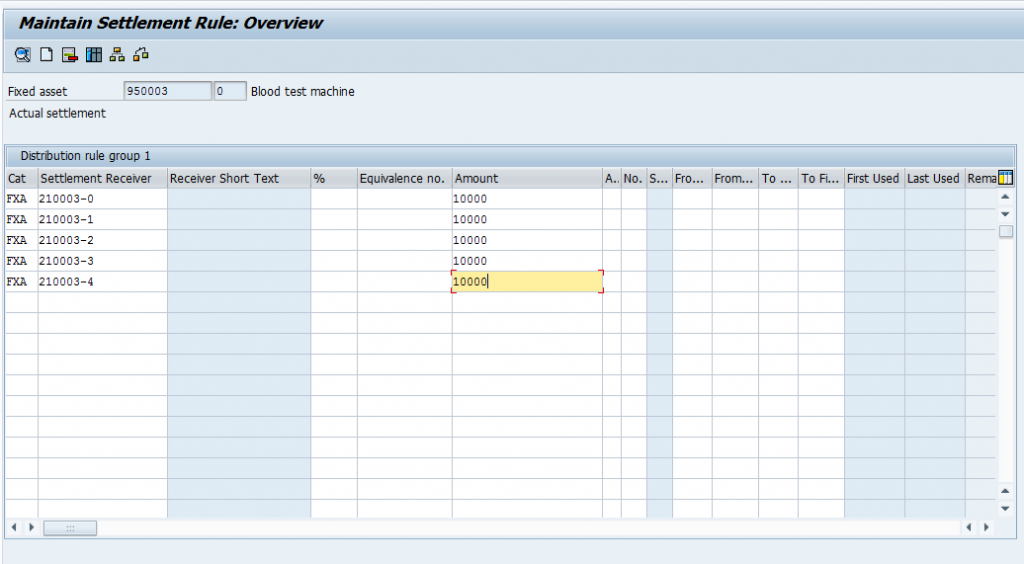
- Now you will select the asset and press the button
- It will ask you to asset settlement
- There are two options while settling, you can write a direct amount or you can write the percentage.
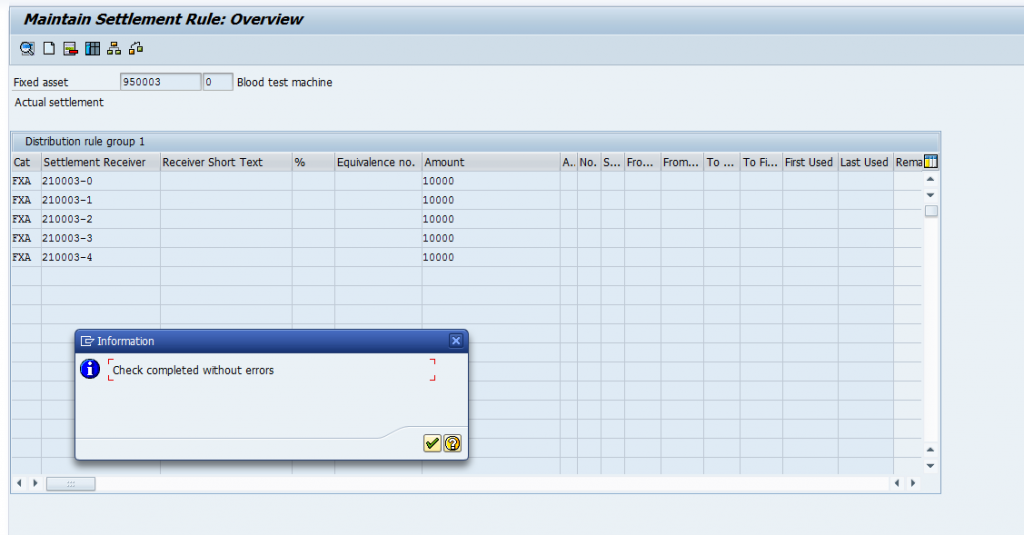
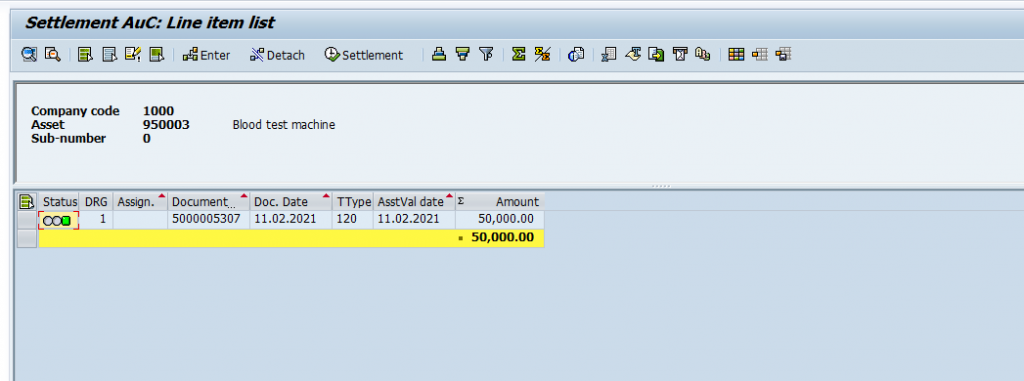
After the Green status, the system will take you to T-code – AIBU.
- Here you have to write the Asset Value Date, which has a direct impact on Depreciation
- Check the amount transfer in Test
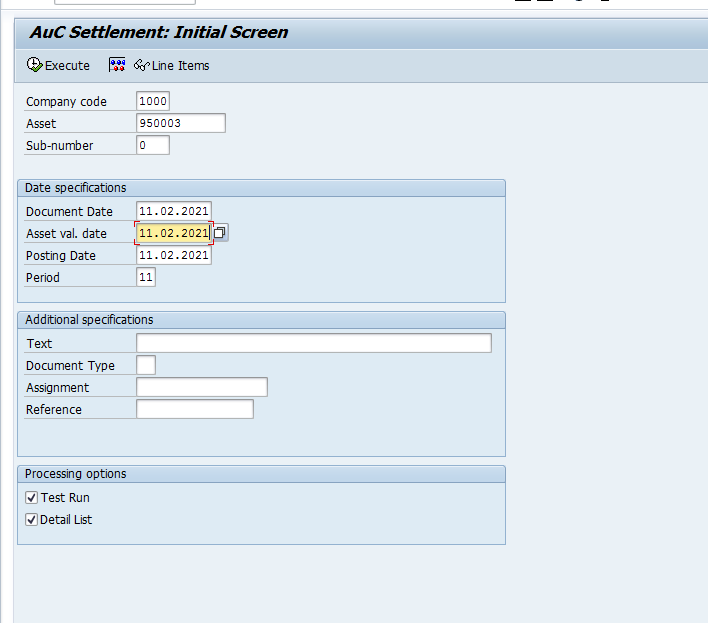
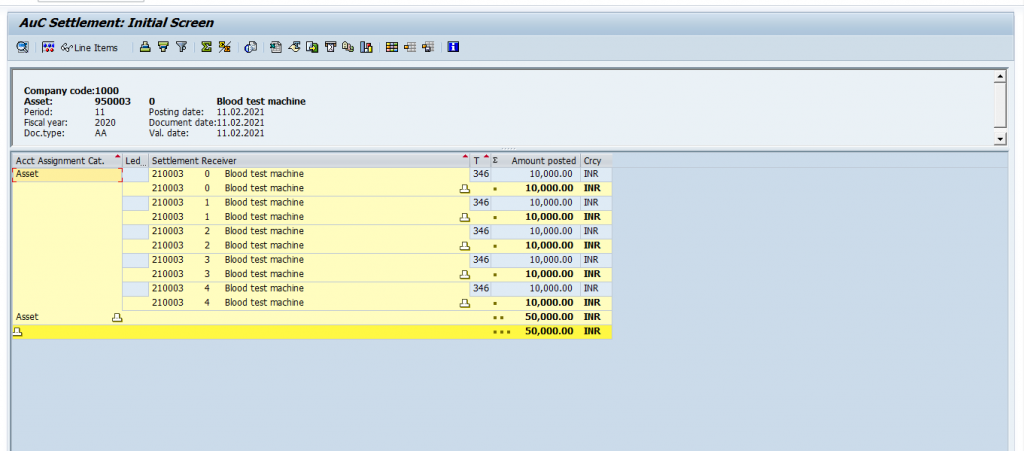
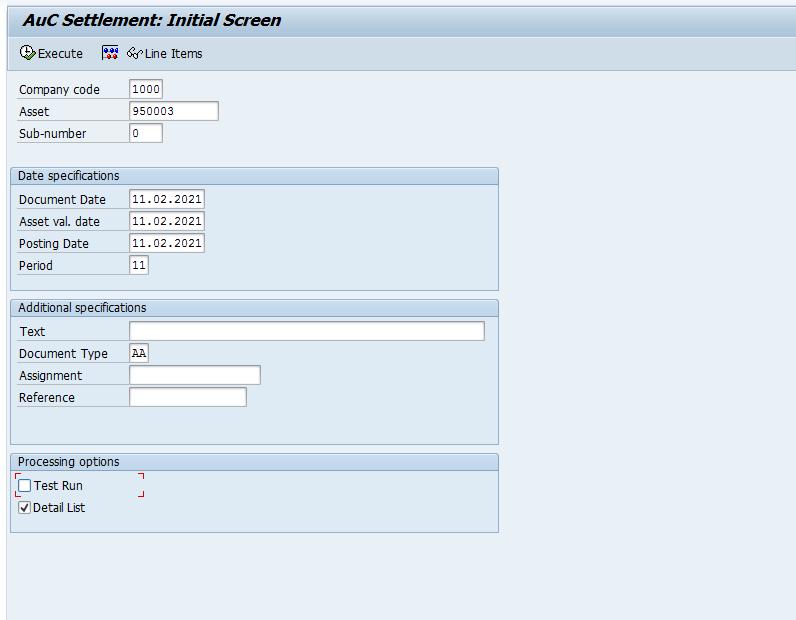
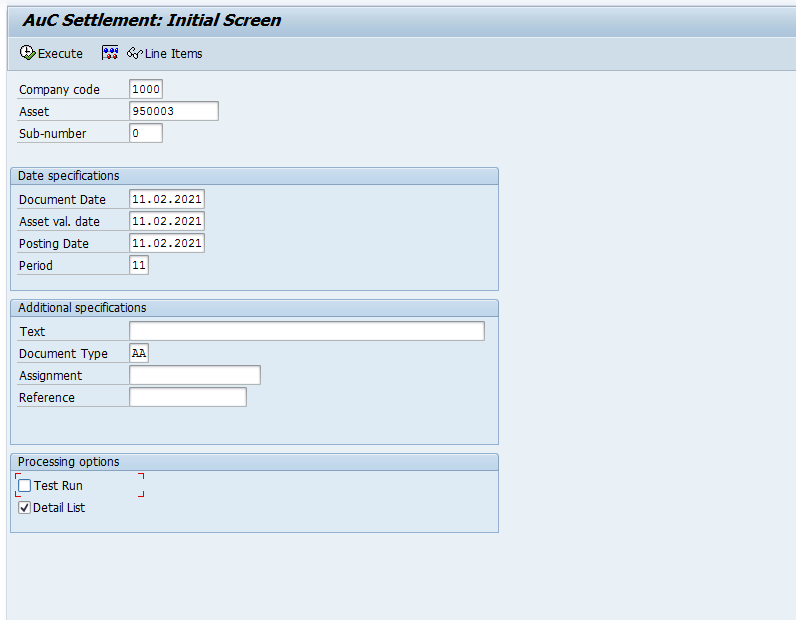
Now check Asset Explorer (AW01N) of AUC and main asset. Values will transfer from AUC to the final Asset.
4. If a settlement is performed after MIRO
First steps such as PO creation and MIGO will be the same as the previous process i.e. settlement after MIGO.
Step 1: Create AUC
Step 2: Create Main Asset
Step 3: Create PR & PO
Step 4: Post MIGO
Step 5: Post MIRO. After doing the above mention steps, create MIRO document
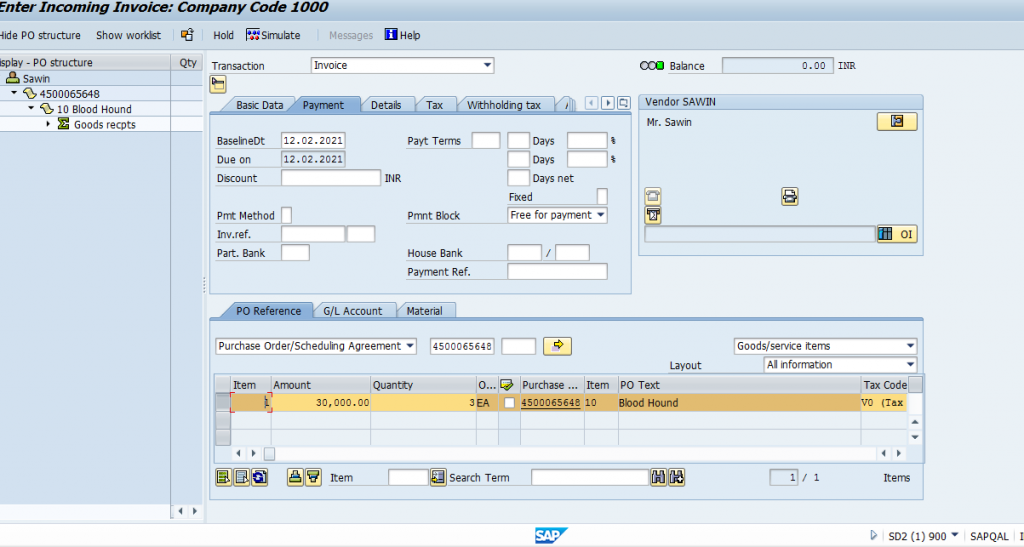

4.1 Settlement after MIRO document using T-Code AIAB
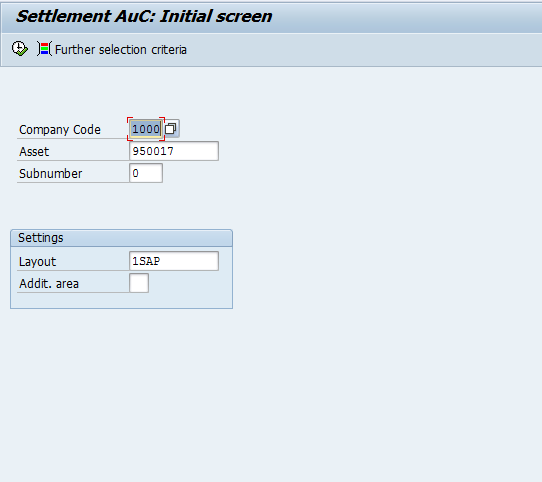
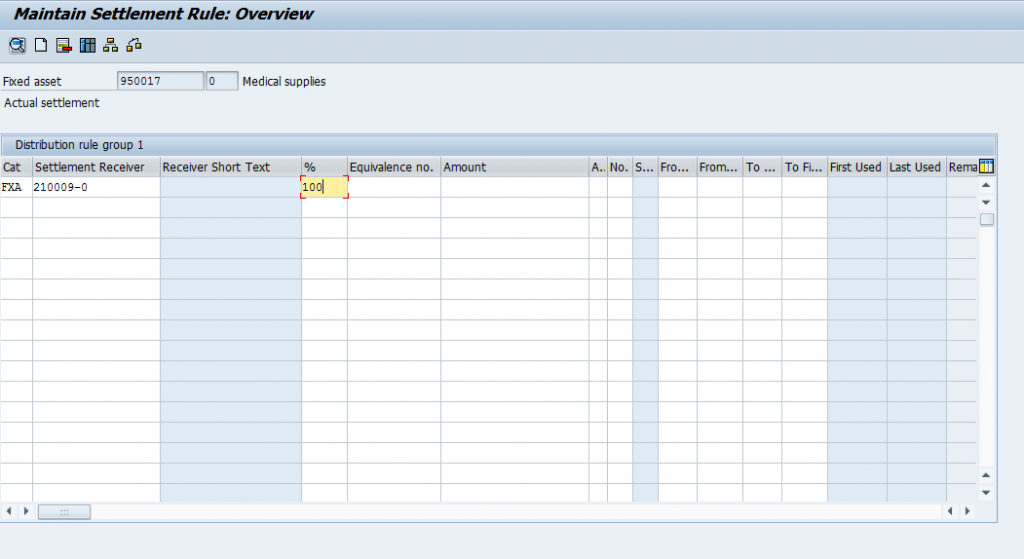
After entering the settlement details, system will redirect to AIBU screen
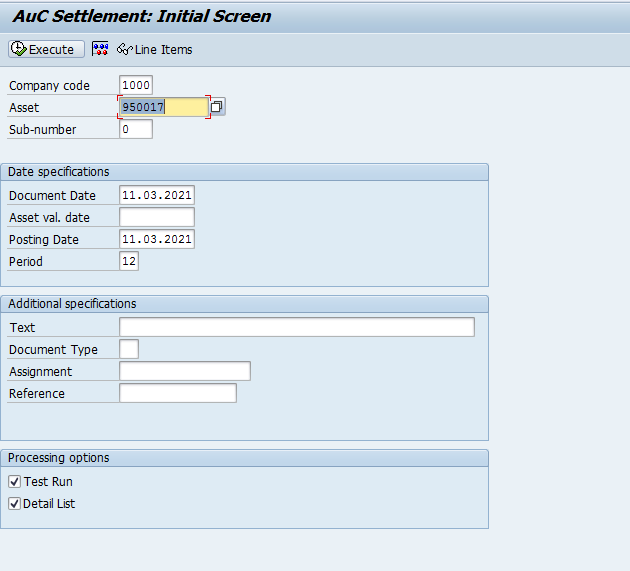
Click on Execute and here you can see the Accounting simulation of Settled asset
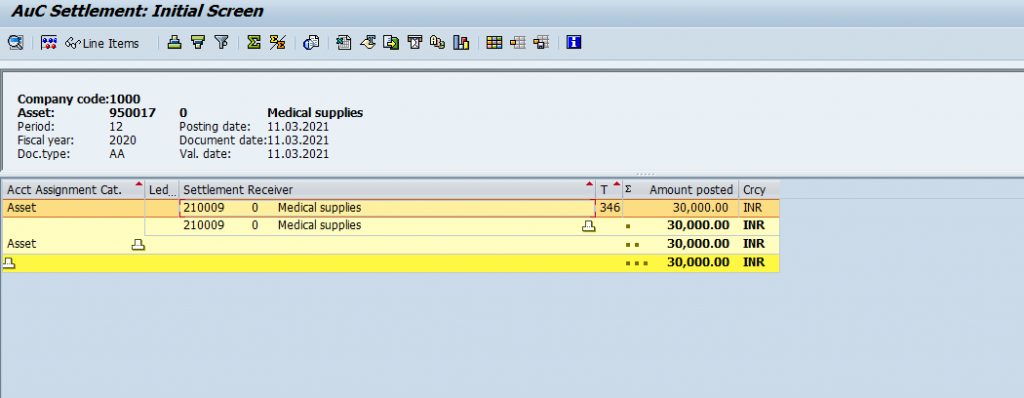
If, Above entry is correct and as per the business requirement, then post the entry. To post the document, remove the test run and click on execute.

Now check Asset Explorer (AW01N) of AUC and main asset. Values will transfer from AUC to the final Asset.
